The mining industry, historically characterized by its intensive labor and high operational costs, stands on the cusp of a technological revolution with the integration of Artificial Intelligence (AI). The advent of AI in mining heralds a new era of efficiency, safety, and sustainability, transforming conventional practices into innovative, data-driven processes
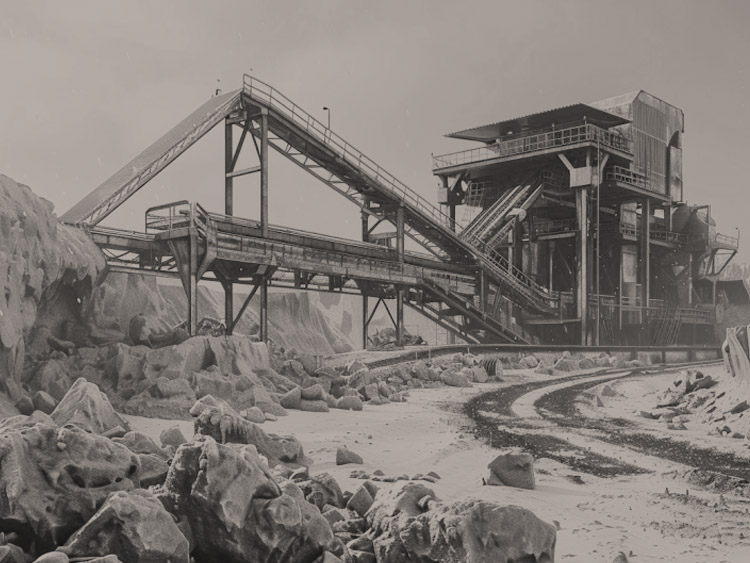
1/7
Predictive Maintenance

2/7
Resource Optimization
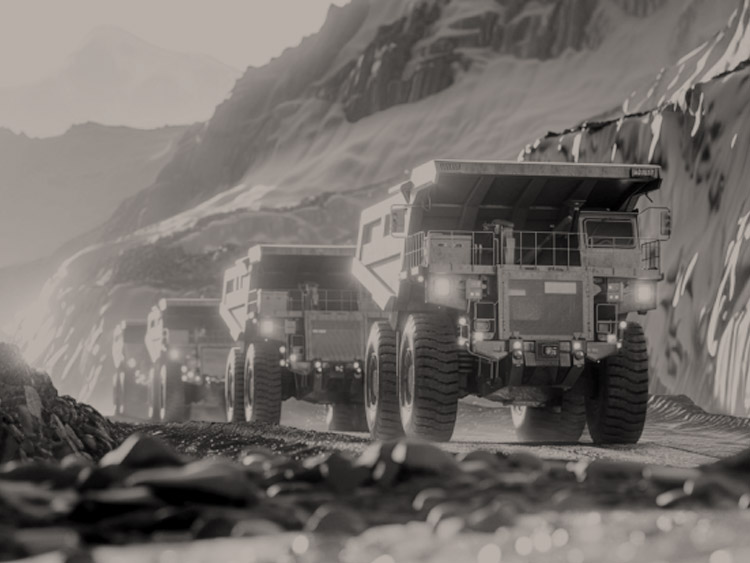
3/7
Automated Operations
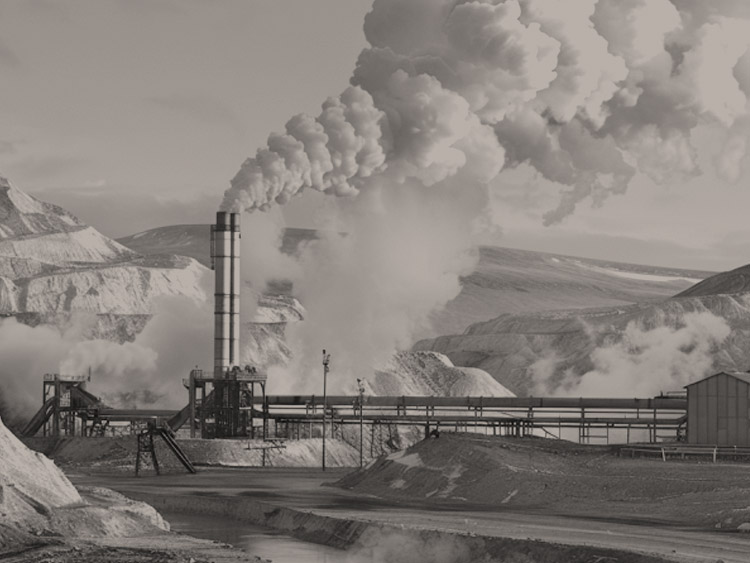
4/7
Environmental Monitoring and Compliance
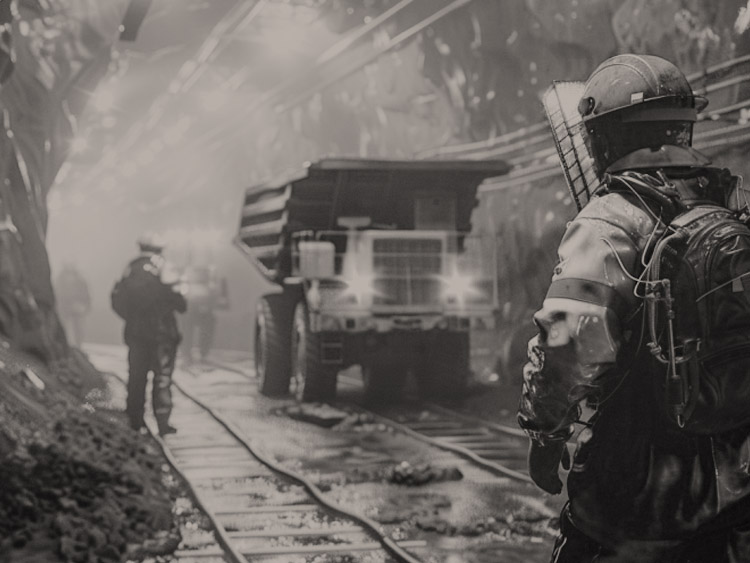
5/7
Safety and Risk Management
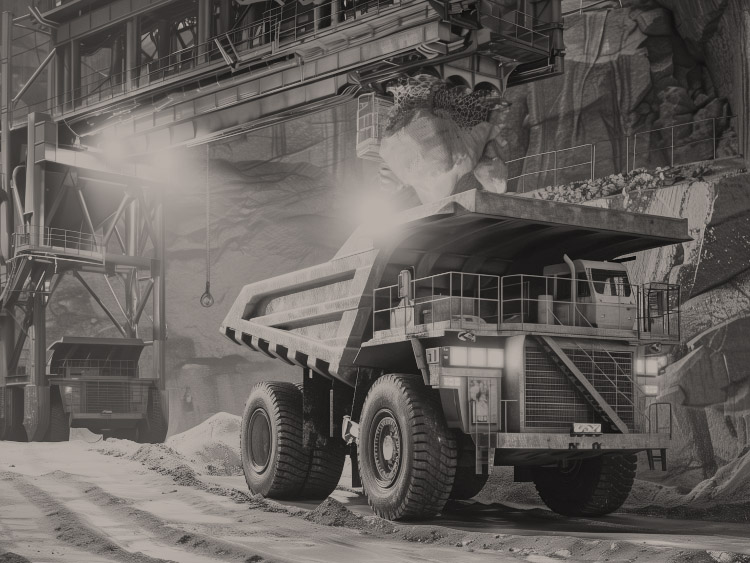
6/7
Supply Chain and Logistics Optimization
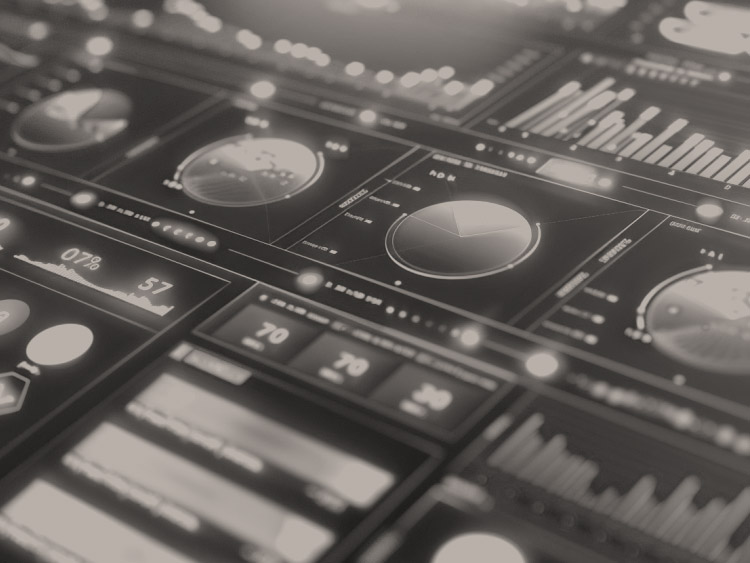
7/7
Data-Driven Decision-Making
01
The number of fatal injuries in the mining, quarrying, and oil and gas extraction industry rose from 78 in 2020 to 95 in 2021, a 21.8-percent increase. Fatal injuries in the industry were above 100 in the three years prior to 2020: 112 fatalities in 2017, 130 fatalities in 2018, and 127 fatalities in 2019.
02
Mining, metals, and other heavy-industrial companies lose 23 hours/month, equating to 1.2 million hours a year across the sector. At $187,500/hour, this adds up to $225 billion annually.
